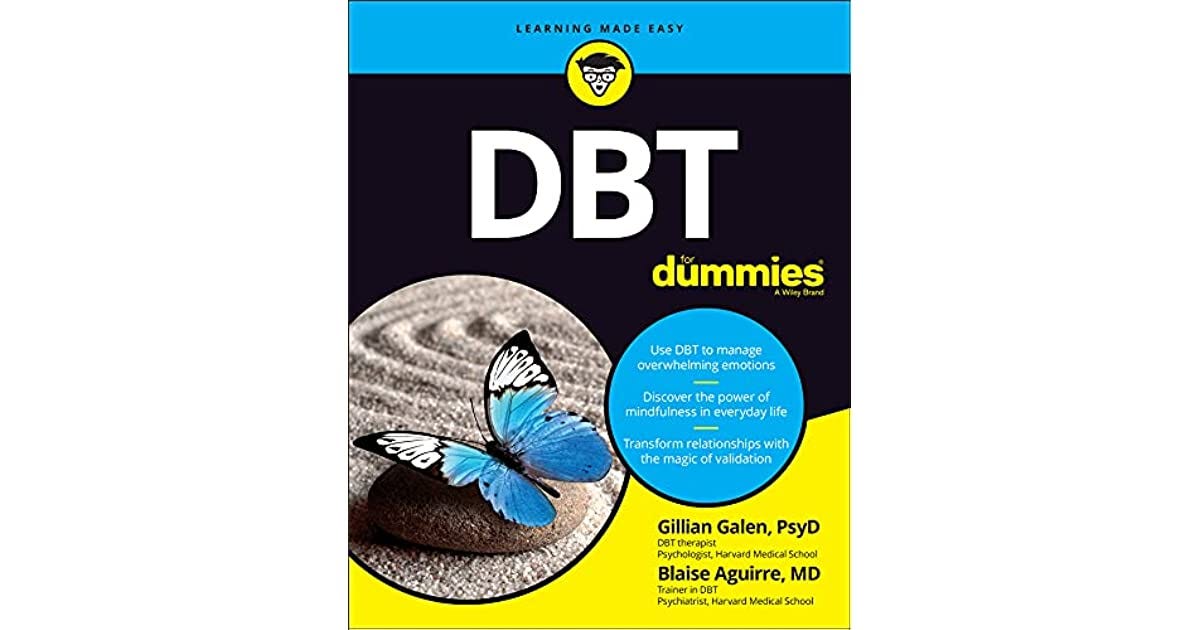N.B.: If you would like to view Part 1 of the interview before Part 2 click here
Open Source DBT
When DBT was first presented to the world as an effective therapy for Borderline Personality Disorder, Marsha Linehan, the University of Washington psychology professor and clinician who created DBT, intentionally made no effort to copyright the treatment. In fact, she once told me that she hoped others would build on her groundbreaking work and surpass its demonstrated effectiveness.
In the field of computer software this approach is known as “open source” code, i.e., computer language that can be freely accessed, modified, and distributed by anyone.
The premise and practice of DBT definitely meets that definition.
As awareness of Borderline Personality Disorder has spread, the number of people diagnosed with BPD also rose. Unfortunately, the availability of effective therapy has not kept pace. It is not uncommon for people to have to wait for months before they can see a mental health professional who treats BPD.
Fortunately, there has at the same time been a good deal of forward movement to address the access issue through non-traditional resources. The development of the Internet sparked a world of communication technology that brought about previously unimaginable resources such as video therapy, chat rooms, email chains, social network platforms, and online gatherings on Zoom. There has also been an increase in the number of DBT providers, skills trainers and people impacted by BPD willing to share their lived experiences with others as peer support workers.
DIY DBT: A Viable Alternative?
Today, there is no shortage of venues where you can find information about Dialectical Behavior Therapy:
In addition to the DBT For Dummies book, there are hundreds of other books about DBT in print, with nearly 600 of them listed on Amazon.
There are lots of videos about DBT Skills. You can find over 300 on YouTube alone. (If you’ve been contemplating making a DBT video, you might want to reconsider).
There are also a good number of podcasts dedicated to DBT skills. The podcast blog FeedSpot lists their top ten. (1)
In addition to those resources, many community pages that focus on DBT are hosted on Twitter, Facebook, Instagram, Pinterest and TikTok. Members typically discuss their daily struggles with BPD and share with others their experiences with DBT, including what has helped them deal with symptoms and what has not.
It’s always a good idea to check out these and any other mental health resources to determine if the content is appropriate for your situation. You should also be aware that not all of the information on some sites comes from professional and some content may not be up-to-date or accurate. Additional research on your own is highly recommended before committing your time, money and well being.
Are The Kids Alright?
There is concerning trend regarding adolescents and young adults who get most of their mental health information online from peers and social media influencers. This topic was recently explored in a post from the Generation Z online lifestyle journal Screenshot (2).
It’s not a particularly good situation for the younger generation whose mental health issues have grown exponentially in these highly stressful times. As a result more and more young people are in need of mental health support, but the availability of appropriate interventions is insufficient to meet that need. What is available are social media accounts that may be well intended but are very often dangerously devoid of accurate and unhelpful information.
Bottom line: if you think you may have Borderline Personality Disorder try to access a mental health professional if at all possible or, at the very least, your family doctor.
BTW…
If you are interested in purchasing a copy of DBT for Dummies, you can order one through the BPDVideo.com website by clicking on link (3) below.






